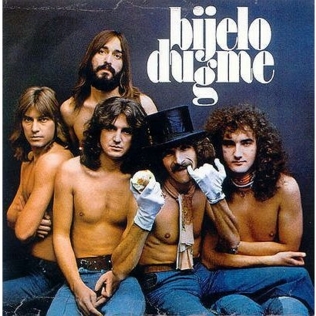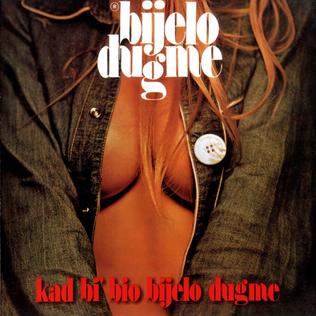| Bitanga i princeza | ||||
|---|---|---|---|---|
 | ||||
| Studio album by | ||||
| Released | 16 March 1979 | |||
| Recorded | January 1979 | |||
| Studio | PGP RTB Studios, Belgrade | |||
| Genre | ||||
| Length | 32:43 | |||
| Label | Jugoton | |||
| Producer | Neil Harrison | |||
| Bijelo Dugme chronology | ||||
| ||||
Bitanga i princeza (trans. The Brute and the Princess) is the fourth studio album by Yugoslav rock band Bijelo Dugme, released in 1979.
Contents
- Background
- Personnel changes
- Recording sessions and censorship
- Track listing
- Personnel
- Additional personnel
- Reception
- Legacy
- Covers
- References
- External links
Bitanga i princeza was Bijelo Dugme's first album to feature Dragan "Điđi" Jankelić on drums, who came to the band as a replacement for the band's original drummer, Goran "Ipe" Ivandić [1] It was the band's last hard rock-oriented album before their switch to new wave in the following year. [1]
In 1998, Bitanga i princeza was polled as the 10th on the list of 100 Greatest Yugoslav Rock and Pop Albums in the book YU 100: najbolji albumi jugoslovenske rok i pop muzike (YU 100: The Best Albums of Yugoslav Pop and Rock Music). [2] In 2015, the album was pronounced the 15th on the list of 100 Greatest Yugoslav Albums published by Croatian edition of Rolling Stone . [3]




















